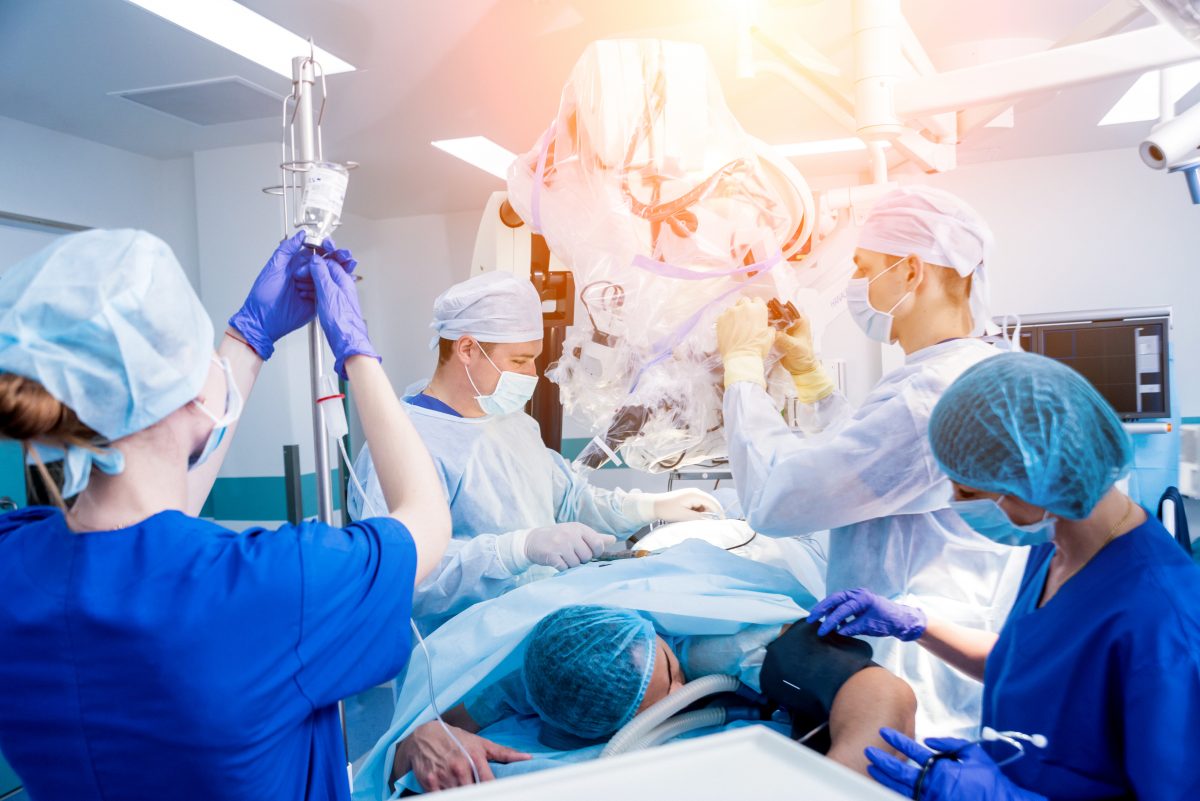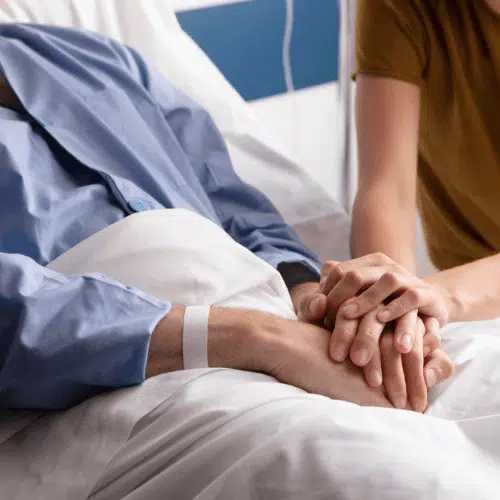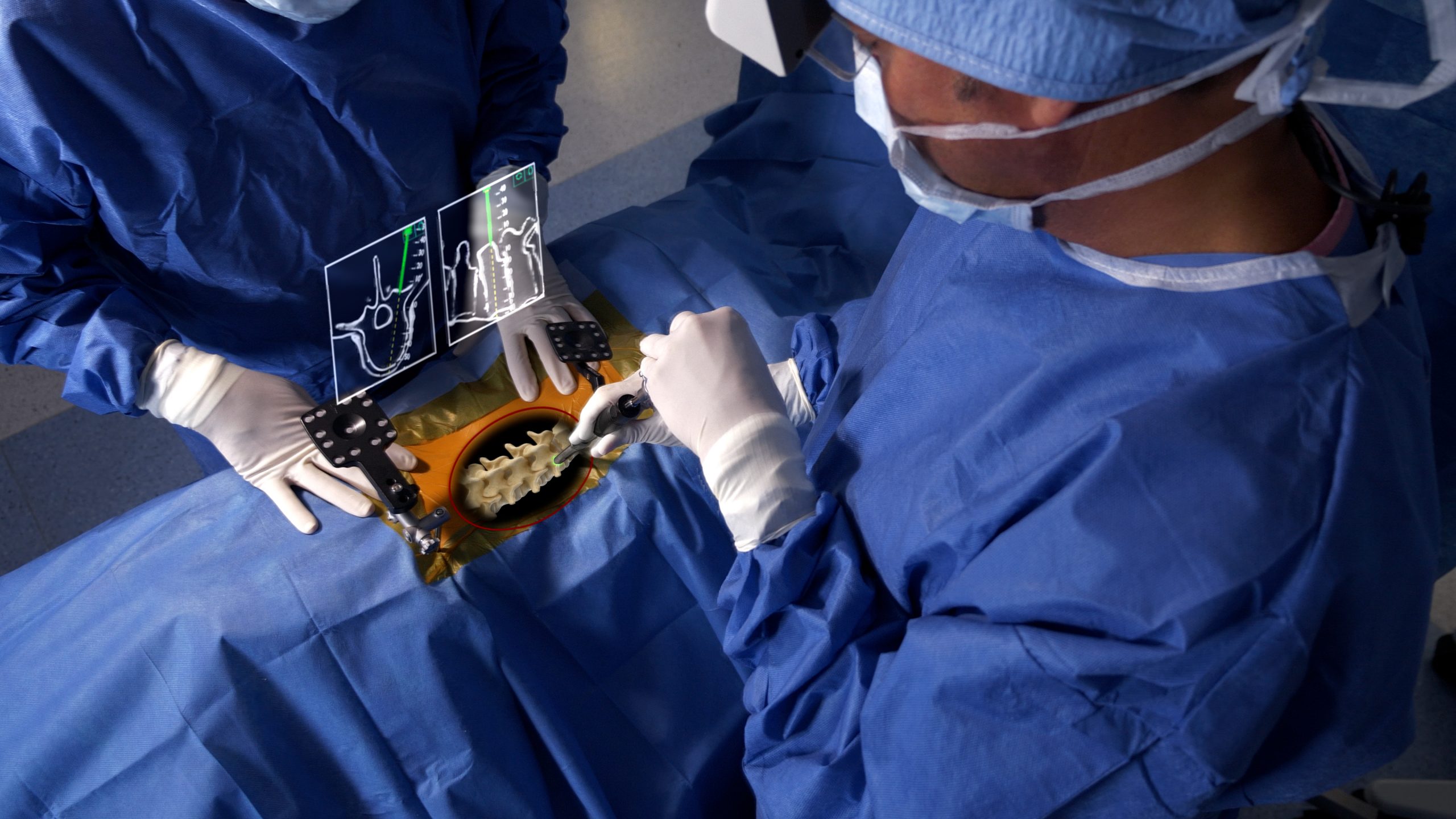An Introduction of Spinal Column Problems That Commonly Lead To Surgical Treatments
When conventional treatments fail to reduce relentless signs and symptoms,Spine conditions such as herniated discs, back stenosis, and degenerative disc disease frequently demand medical treatments. These problems not only lead to considerable discomfort but can additionally drastically hinder daily performance and overall top quality of life. Understanding the nuances of each problem and the corresponding medical alternatives, such as discectomy or back fusion, is vital for reliable monitoring. As we check out these conditions additionally, it ends up being noticeable that the decision-making procedure surrounding surgical therapy is diverse and warrants mindful consideration.
Herniated Discs
Although lots of people with herniated discs may discover alleviation with conventional treatments, surgical treatment comes to be an essential consideration when signs continue or intensify - best spine surgeons in st louis mo. A herniated disc takes place when the soft inner gel of a spinal disc sticks out through its external layer, possibly leading and compressing close-by nerves to pain, feeling numb, or weakness in the extremities
Traditional management commonly includes physical treatment, pain medications, and corticosteroid shots, which aim to minimize swelling and improve feature. In instances where these methods stop working to ease debilitating signs, medical alternatives may be checked out.
One of the most usual surgery for herniated discs is a discectomy, which entails the elimination of the herniated portion of the disc to alleviate stress on the influenced nerve origin. In more severe situations, spine blend might be essential to stabilize the affected vertebrae.
Clients are recommended to go over the possible threats and advantages of surgical procedure with their doctor to make a notified decision. Eventually, the goal of any type of surgical intervention is to restore function, ease pain, and enhance general lifestyle for individuals experiencing herniated discs.
Spinal Stenosis
Spinal constriction takes place when the rooms within the back slim, causing boosted pressure on the spine cord and nerves. This condition can establish in numerous areas of the spinal column, including the cervical and lumbar locations, commonly because of age-related changes, such as degenerative disc disease, joint inflammation, or enlarging of ligaments.
Clients with spinal constriction might provide with symptoms that consist of pain, pins and needles, tingling, or weakness, largely in the arms or legs. These signs and symptoms can be worsened by activities that involve standing or walking, usually leading people to look for alleviation with conservative therapies like physical therapy, medications, or epidural steroid shots.
Nevertheless, when these non-surgical interventions fail to offer adequate alleviation, medical alternatives may be thought about. Usual medical procedures for back stenosis include laminectomy, which includes the elimination of part of the vertebra to reduce stress, and spinal fusion, which maintains the afflicted area. The choice to seek surgical treatment is usually based upon the seriousness of signs and symptoms, the degree of functional disability, and the overall health and wellness of the person. Trigger medical diagnosis and management are vital to avoid additional neurological concession and improve high quality of life.
Spondylolisthesis
Spondylolisthesis takes place when one vertebra slips ahead over an additional, bring about misalignment of the spine. This condition can result from different variables, consisting of congenital defects, trauma, or degenerative modifications in the spinal column. It is most frequently observed in the back area, specifically at the L4-L5 and L5-S1 degrees.

When non-surgical strategies stop working to soothe signs or when substantial nerve compression is present, medical treatment may be necessitated. Surgical options can include back fusion or decompression treatments, intended at restoring positioning and reducing neurological signs and symptoms.
Degenerative Disc Disease

The condition can be diagnosed through a mix of professional examination, imaging research studies, and client history. When these strategies stop working to offer sufficient alleviation, surgical treatments might be considered.
Surgical alternatives for DDD may consist of spine blend or man-made disc replacement, focused on supporting the affected sector and reducing discomfort (best spine surgeons in st louis mo). Eventually, the selection of treatment is embellished, taking into account the extent of the condition, person health and wellness, and way of living elements
Back Tumors

Spine growths can develop from different aspects, consisting of genetic tendency, environmental influences, and pre-existing medical problems. People might provide with a variety of signs, including local discomfort, neurological shortages, weakness, or changes in bowel and bladder function, depending on the tumor's size and place.
Surgical treatment may be necessitated to reduce signs and symptoms, obtain a biopsy, or get rid of the tumor completely. The objective of surgery is commonly to decompress neural aspects and maintain the spine. Early discovery and treatment are essential for maximizing outcomes in clients with spinal tumors.
Verdict
In recap, spine problems such as herniated discs, back stenosis, spondylolisthesis, degenerative disc disease, and back tumors frequently necessitate surgical intervention because of their possible to create considerable discomfort and functional impairment. While conventional treatments may use momentary alleviation, surgical choices end up being critical when signs and symptoms worsen or linger. Prompt medical diagnosis and intervention play a critical duty in bring back feature and enhancing the top quality of life for afflicted individuals, underscoring the value of thorough spinal care.
